Definition Of Digital Marketing
Digital marketing refers to marketing efforts that utilize digital channels, devices, and platforms to reach and engage with consumers and prospects online.
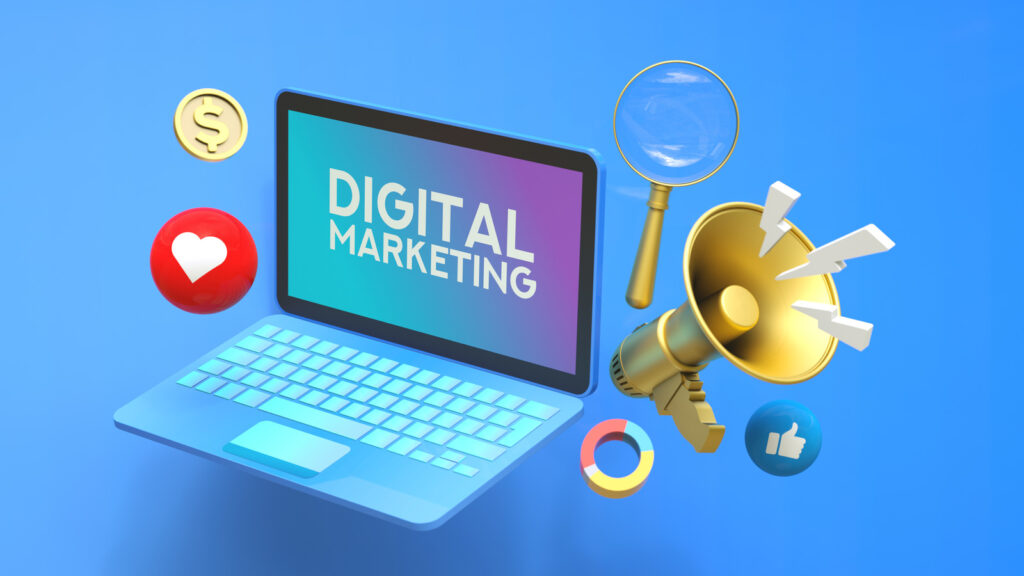
Digital marketing, also called online marketing, is the promotion of brands to connect with potential customers using the internet and other forms of digital communication. This includes not only email, social media, and web-based advertising, but also text and multimedia messages as a marketing channel.
Essentially, if a marketing campaign involves digital communication, it’s digital marketing.
Types Of Digital Marketing
- Search Engine Optimization (SEO)
- Content Marketing
- Social Media Marketing
- Email Marketing
- Pay-Per-Click (PPC) Advertising
- Affiliate Marketing
- Influencer Marketing
- Mobile Marketing
- Video Marketing
- Website and App Analytics
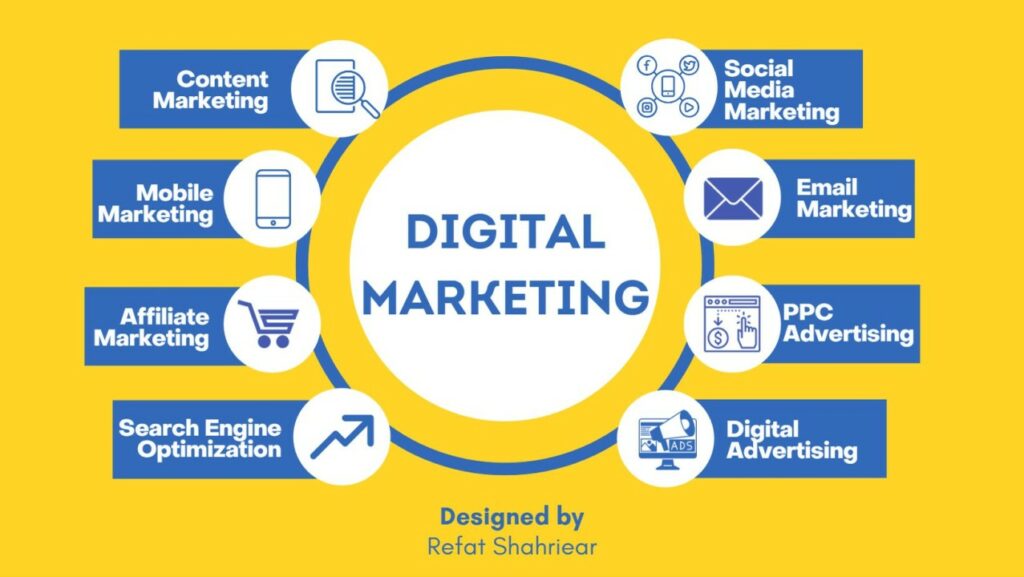
- Search Engine Optimization (SEO)
Search Engine Optimization (SEO) is an integral component of digital marketing. It’s a technique used to increase a website’s visibility on search engine results pages (SERPs) such as Google, Bing, Yahoo, etc., by optimizing various aspects of the website for search engine algorithms.

The main goal of SEO is to improve organic (non-paid) traffic to a website by:
- Increasing Rankings: Optimizing the website’s content, structure, and HTML code to make it more appealing to search engine algorithms and thus improve its ranking for relevant search queries.
- Enhancing User Experience: Providing users with a positive experience by ensuring the website is easy to navigate, loads quickly, and has valuable, relevant content.
- Building Authority and Trust: By optimizing and promoting valuable content, backlinks from reputable sources can be obtained, which signals to search engines that the website is trustworthy and authoritative.
- Local SEO: For businesses with a local presence, optimizing for local search terms can improve visibility to users in a specific geographic area.
- Voice and Mobile Search Optimization: With the rise of voice search and mobile browsing, it’s essential to optimize for these platforms as well.
SEO includes various tactics such as keyword research, on-page optimization, off-page optimization (e.g., link building), technical SEO, and more. It is an ongoing process, as search engine algorithms are constantly evolving, and competitors are always trying to improve their own rankings.
2. Content Marketing
Content marketing is a strategic marketing approach focused on creating and distributing valuable, relevant, and consistent content to attract and retain a clearly defined audience. The aim is to drive profitable customer action, such as purchasing a product or service, signing up for a newsletter, or filling out a form.
In the context of digital marketing, content marketing encompasses a wide range of mediums and channels, including:
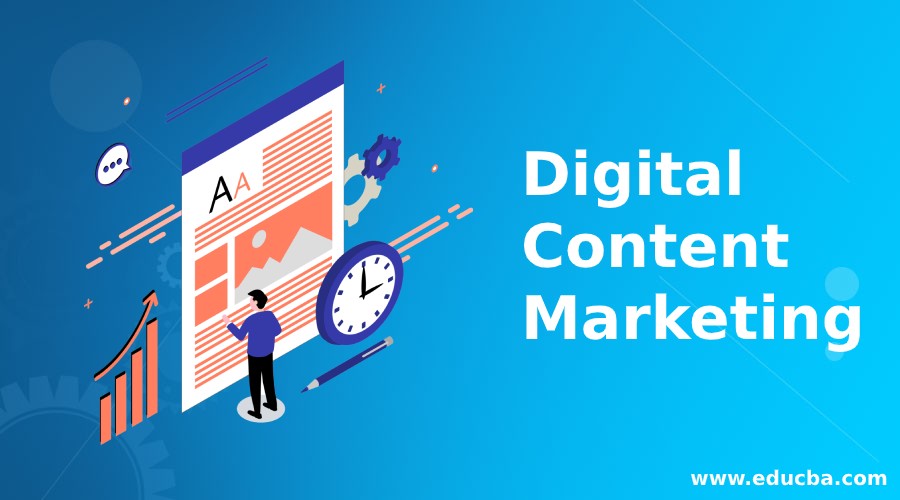
- Blogs: Regularly publishing articles on a blog helps to establish a brand as an authority in its industry, increases organic search traffic, and provides valuable resources for potential customers.
- Social Media: Sharing informative, entertaining, or engaging content on social media platforms helps to build a community around a brand, increase brand awareness, and drive traffic to the website.
- Videos: Creating videos that provide value, whether it’s educational, entertaining, or inspirational, can be a powerful way to engage with an audience. Video content is particularly effective on platforms like YouTube, Instagram, and TikTok.
- Podcasts: Podcasting has become increasingly popular as a content marketing tool. Hosting a podcast allows brands to establish expertise, engage with their audience in a unique way, and build a loyal following.
- E-books and Whitepapers: Offering free e-books or whitepapers in exchange for an email address is a common content marketing tactic. These resources provide valuable information and help to generate leads for the business.
- Webinars and Online Courses: Hosting webinars or offering online courses is a great way to educate an audience, establish authority, and build relationships with potential customers.
- Infographics and Visual Content: Visual content such as infographics, images, and data visualizations can help to convey complex information in an engaging and easy-to-understand way.
- Email Marketing: Email marketing is another essential component of content marketing. Sending regular newsletters with valuable content helps to keep a brand top-of-mind with its audience and drive traffic to the website.
In summary, content marketing is a versatile and effective strategy for driving brand awareness, engaging with an audience, and ultimately driving conversions. It is based on the principle of providing value to the audience first and foremost, rather than focusing solely on promotional messages.
3. Social Media Marketing
Social media marketing is the use of social media platforms and websites to promote a product or service. The primary goal is to increase brand awareness, drive traffic to a website, generate leads, and ultimately increase sales.
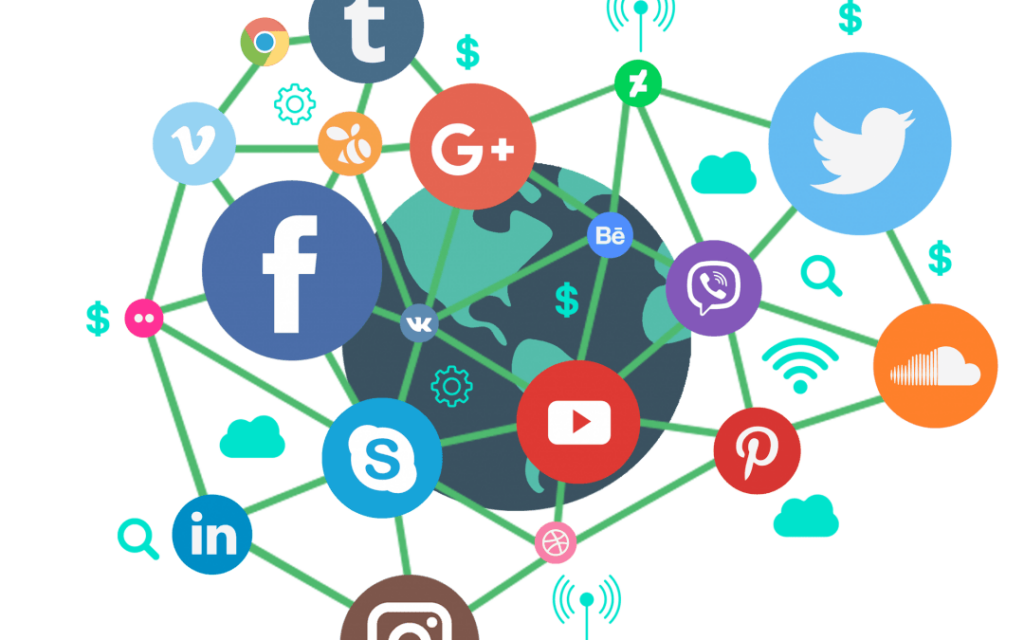
Here are the key components of social media marketing:
- Content Creation: Creating high-quality, engaging content tailored to each social media platform. This can include images, videos, blog posts, infographics, and more.
- Social Media Advertising: Paid advertising on social media platforms to increase reach, target specific audiences, and drive conversions. Common ad formats include sponsored posts, display ads, and video ads.
- Community Engagement: Building and maintaining relationships with followers by engaging with them through comments, direct messages, and social media groups. This includes responding to inquiries, providing customer support, and participating in discussions.
- Influencer Marketing: Partnering with influencers and content creators to reach a wider audience and promote products or services. Influencers can create sponsored content or participate in brand collaborations.
- Social Media Analytics: Monitoring and analyzing social media metrics to track the performance of campaigns and adjust strategies as needed. This includes metrics like reach, engagement, click-through rate, and conversions.
- Social Listening: Monitoring social media conversations about a brand, product, or industry to gain insights, identify trends, and respond to feedback or issues.
- Content Curation: Sharing relevant content from other sources that aligns with the brand’s values and interests. This can help to establish the brand as an authority and provide additional value to followers.
- Platform-Specific Strategies: Each social media platform has its own unique features and best practices. A successful social media marketing strategy will tailor content and engagement strategies to each platform, such as using hashtags on Twitter or Instagram or utilizing LinkedIn for professional networking.
Social media marketing can be a powerful tool for businesses to connect with their audience, build brand loyalty, and drive sales. However, it requires a thoughtful strategy, consistent effort, and ongoing measurement and optimization to achieve success.
4. Email Marketing
Email marketing is a highly effective digital marketing strategy that involves sending promotional messages or information to a targeted audience via email. It is often used to nurture leads, engage with customers, and drive conversions.
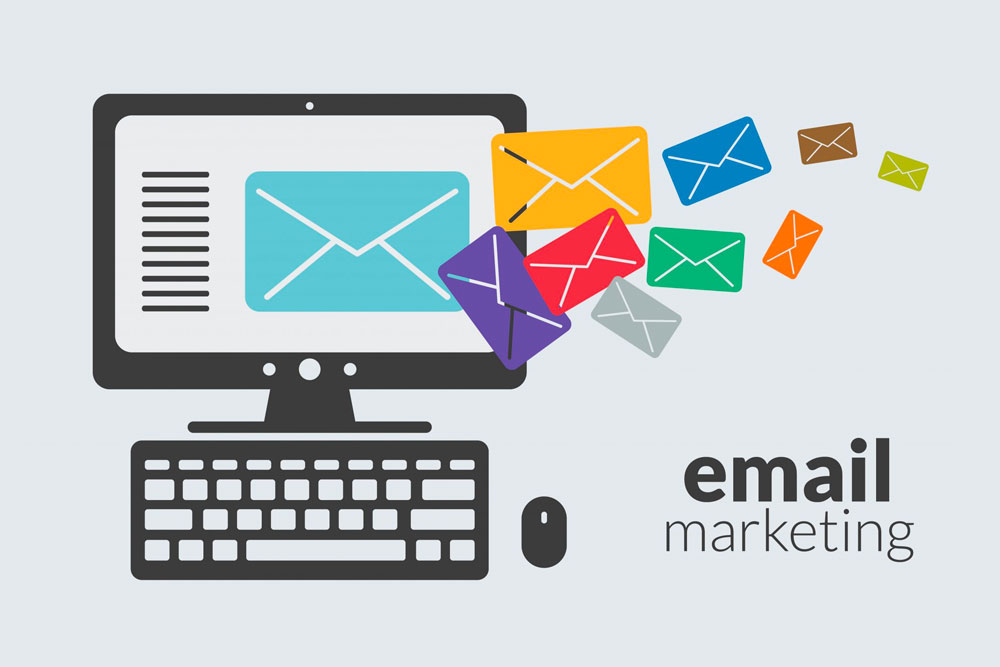
Here are the key components of email marketing:
- Email Lists: Building an email list of subscribers who have opted in to receive emails from the business. This can be done through lead generation tactics like offering downloadable content, running contests, or providing discounts in exchange for email addresses.
- Segmentation: Dividing the email list into segments based on characteristics such as demographics, past behavior, or stage in the customer journey. This allows for more personalized and targeted messaging.
- Personalization: Customizing email content based on the recipient’s interests, preferences, or past interactions with the brand. Personalized emails have been shown to have higher open and click-through rates.
- Automation: Using email marketing automation tools to send emails automatically based on triggers or conditions. For example, sending a welcome email to new subscribers, a follow-up email after a purchase, or a reminder email about an abandoned cart.
- Email Design: Creating visually appealing and mobile-responsive email templates that align with the brand’s identity and message. This includes using images, videos, and compelling copy to capture the recipient’s attention.
- Call-to-Action (CTA): Including clear and compelling calls-to-action in emails to encourage recipients to take a specific action, such as making a purchase, signing up for an event, or downloading a resource.
- A/B Testing: Experimenting with different email elements (subject lines, sender names, email content, etc.) to determine which ones resonate best with the audience and lead to higher engagement rates.
- Analytics: Tracking email performance metrics such as open rates, click-through rates, conversion rates, and unsubscribe rates. This data helps to measure the effectiveness of email campaigns and make informed decisions for future campaigns.
Overall, email marketing is a powerful tool for businesses to communicate with their audience, drive sales, and build brand loyalty. It is cost-effective, measurable, and can be highly personalized, making it an essential component of any digital marketing strategy.
5. Pay-Per-Click (PPC) Advertising
Pay-Per-Click (PPC) advertising is a form of online advertising where advertisers pay a fee each time their ad is clicked. It is a way of buying visits to a website rather than earning those visits organically. PPC ads are typically displayed in various formats on search engine results pages (SERPs), social media platforms, websites, and other online platforms.
Here are the key components of PPC advertising:
- Keyword Research: Identifying relevant keywords and phrases that users are likely to search for when looking for products or services similar to what the business offers.
- Ad Creation: Creating compelling ads that include the chosen keywords and encourage users to click. Ads typically consist of a headline, a description, and a URL.
- Bid Strategy: Setting a maximum bid for each keyword, which represents the maximum amount the advertiser is willing to pay for a click on that keyword. Bids can be adjusted based on factors like competition, keyword relevance, and budget constraints.
- Ad Placement: Determining where and when ads will be displayed. This can include targeting specific geographic locations, devices, or times of day.
- Quality Score: Search engines like Google use a quality score to evaluate the relevance and quality of ads. A higher quality score can result in lower costs and better ad placement.
- Ad Extensions: Including additional information in ads such as phone numbers, site links, or product images to make ads more useful and appealing to users.
- Ad Tracking and Analytics: Monitoring and analyzing ad performance metrics such as click-through rate, conversion rate, cost per conversion, and return on investment (ROI). This data helps to measure the effectiveness of PPC campaigns and make informed decisions for future campaigns.
- Conversion Tracking: Tracking and measuring the actions users take after clicking on an ad, such as making a purchase, signing up for a newsletter, or filling out a form.
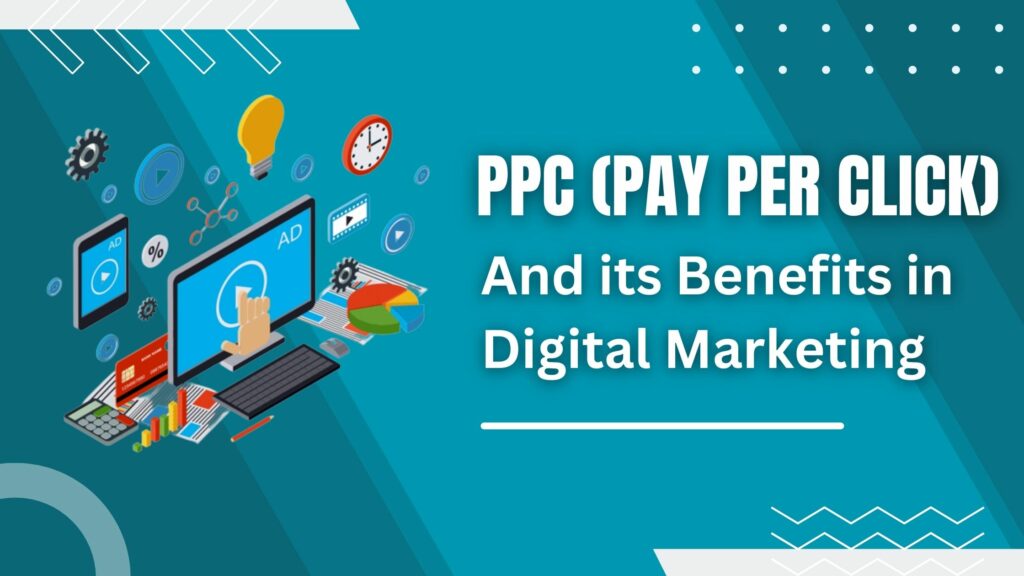
PPC advertising can be highly effective for driving targeted traffic to a website, generating leads, and increasing sales. However, it requires careful planning, ongoing optimization, and a deep understanding of the target audience and competitive landscape.
6. Affiliate Marketing
Affiliate marketing is a type of performance-based marketing where a business rewards one or more affiliates for each visitor or customer brought by the affiliate’s marketing efforts. It is a revenue-sharing arrangement in which the affiliate earns a commission for generating sales, leads, or other actions for the business.
Here are the key components of affiliate marketing:
- Affiliate Network: Businesses often join an affiliate network, which acts as an intermediary between the affiliate and the business. The network provides a platform where businesses can create affiliate programs and affiliates can find and join programs.
- Affiliate Partners: Affiliates, also known as publishers, are individuals or companies that promote products or services on behalf of the business. They do this through various channels such as websites, blogs, social media, email, or paid advertising.
- Affiliate Links: Affiliates use unique tracking links provided by the business or affiliate network to promote products or services. These links track the activity of visitors referred by the affiliate and attribute any resulting sales or actions to the affiliate.
- Commission Structure: The business determines the commission structure for its affiliate program, which can be based on various actions, such as clicks, leads, or sales. Commissions are typically a percentage of the sale amount or a fixed dollar amount per action.
- Affiliate Management: Businesses may have dedicated affiliate managers or use affiliate management software to manage their affiliate programs. This includes recruiting affiliates, providing marketing materials, monitoring affiliate activity, and processing commission payments.
- Affiliate Promotion: Affiliates promote products or services in various ways, including writing reviews, creating video tutorials, sharing promotional codes, or running giveaways. The goal is to drive targeted traffic to the business and encourage conversions.
- Performance Tracking: Both the business and the affiliate track the performance of affiliate campaigns using analytics and reporting tools provided by the affiliate network or affiliate management software.
- Compliance and Regulations: Affiliate marketing is subject to various regulations and guidelines, such as the Federal Trade Commission (FTC) guidelines in the United States. Advertisers and affiliates must comply with these rules to ensure transparency and consumer protection.
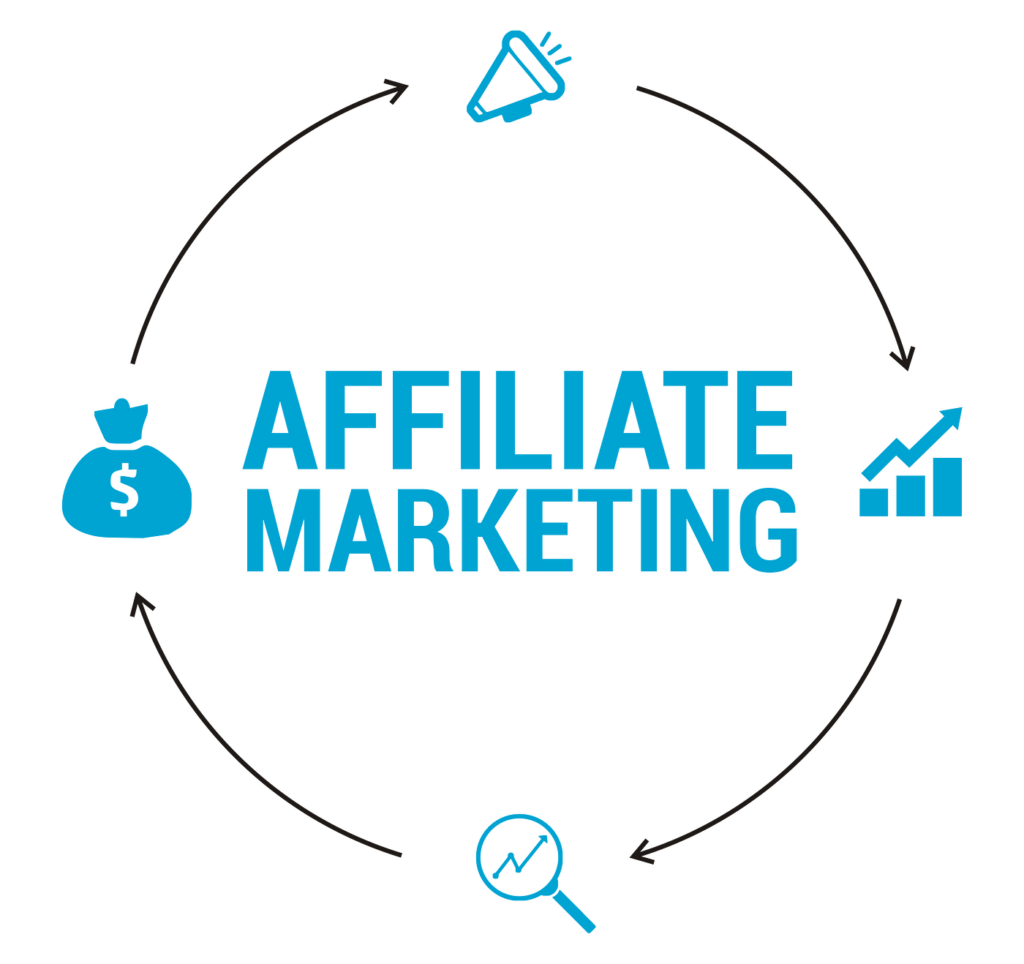
Affiliate marketing can be a cost-effective way for businesses to acquire new customers and increase sales without investing in traditional advertising. It allows businesses to leverage the marketing efforts of affiliates and only pay for actual results. However, it requires careful planning, monitoring, and management to ensure a successful and mutually beneficial partnership between the business and affiliates.
7. Influencer Marketing
Influencer marketing is a type of marketing that involves partnering with influencers—individuals with a significant following and influence within a specific niche or industry—to promote a product, service, or brand. This form of marketing leverages the credibility and influence of these individuals to reach their engaged audience and drive awareness, trust, and ultimately, sales.

Here are the key components of influencer marketing:
- Identifying Influencers: This involves finding influencers who align with your brand’s values, target audience, and marketing goals. Influencers can be macro-influencers (celebrities and well-known personalities), micro-influencers (people with smaller but highly engaged followings), or nano-influencers (individuals with smaller followings but high engagement rates within a specific niche).
- Building Relationships: Establishing genuine and meaningful relationships with influencers is crucial for successful influencer marketing campaigns. This includes reaching out to influencers, introducing your brand, and explaining why you believe there is potential for a mutually beneficial partnership.
- Negotiating Partnerships: Determining the terms of the collaboration, including compensation, deliverables, timelines, and expectations. This can vary depending on the influencer’s level of influence, audience size, and the scope of the campaign.
- Campaign Strategy: Developing a comprehensive influencer marketing strategy that outlines campaign goals, target audience, messaging, content formats, and KPIs (Key Performance Indicators) for measuring success.
- Content Creation: Collaborating with influencers to create engaging and authentic content that resonates with their audience and aligns with your brand’s messaging. This can include sponsored social media posts, blog posts, videos, live streams, and more.
- Monitoring and Measurement: Tracking the performance of influencer marketing campaigns using relevant metrics such as reach, engagement, conversions, and ROI. This allows you to evaluate the effectiveness of the campaign and make data-driven decisions for future collaborations.
- Compliance and Disclosure: Ensuring that influencers adhere to relevant guidelines and regulations, such as the Federal Trade Commission (FTC) guidelines in the United States, regarding disclosure of sponsored content. This includes making it clear to the audience when a post is sponsored or contains affiliate links.
- Long-Term Partnerships: Building long-term relationships with influencers can lead to more authentic and sustainable campaigns. It can also help foster brand loyalty and advocacy among the influencer’s audience.
Influencer marketing can be an effective strategy for reaching new audiences, building trust, and driving sales. However, it requires careful planning, relationship-building, and ongoing monitoring to achieve success.
8. Mobile Marketing
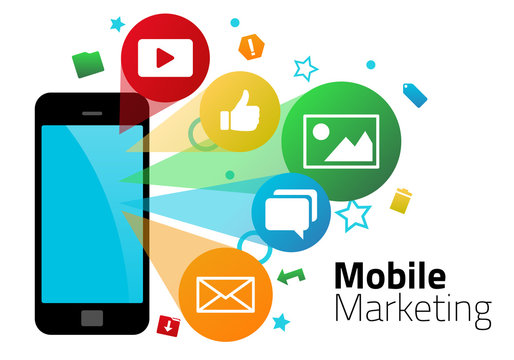
Mobile marketing is a form of digital marketing that targets users on mobile devices such as smartphones and tablets. It leverages mobile apps, websites, SMS, MMS, social media, and various other mobile platforms to engage with users, promote products or services, and drive conversions.
Here are the key components of mobile marketing:
- Mobile Responsive Websites: Designing websites that are optimized for mobile devices to ensure a seamless user experience. This includes considerations such as responsive design, fast loading times, easy navigation, and mobile-friendly content.
- Mobile Apps: Developing mobile apps to provide a more interactive and personalized experience for users. Apps can be used for a wide range of purposes, including eCommerce, gaming, social networking, utility, and more.
- SMS (Short Message Service): Sending promotional messages, alerts, or reminders to users via text messaging. SMS marketing is a highly effective way to reach users quickly and directly, although it is important to obtain user consent and comply with relevant regulations.
- MMS (Multimedia Messaging Service): Sending multimedia messages that include images, videos, or audio files to users via text messaging. MMS marketing can be more engaging than traditional SMS and is particularly useful for visual products or services.
- Mobile Advertising: Placing ads on mobile websites, apps, and social media platforms to target users based on their mobile behavior, location, demographics, and interests. Mobile advertising can take various forms, including banner ads, interstitial ads, native ads, and video ads.
- Location-Based Marketing: Using geolocation technology to target users based on their physical location. This can include sending location-specific offers, promotions, or notifications when users are near a physical store or venue.
- Mobile Payments: Integrating mobile payment options such as Apple Pay, Google Pay, or mobile wallets into the checkout process. Mobile payments make it easier and more convenient for users to make purchases on their mobile devices.
- Mobile Coupons and Offers: Providing mobile-exclusive coupons, discounts, or offers to incentivize users to make a purchase or take a specific action. Mobile coupons can be delivered via SMS, email, mobile apps, or mobile websites.
- Mobile Analytics: Tracking and analyzing mobile-specific metrics such as app downloads, user engagement, app retention, in-app purchases, and mobile conversion rates. This data helps to measure the effectiveness of mobile marketing efforts and make data-driven decisions for future campaigns.
Mobile marketing is an essential component of any digital marketing strategy, as mobile usage continues to grow and users increasingly rely on their mobile devices for browsing, shopping, and interacting with brands. It requires a user-centered approach, a deep understanding of mobile technology, and a commitment to delivering a seamless and personalized experience for mobile users
9. Video Marketing
Video marketing is a form of digital marketing that involves creating and sharing video content to promote products, services, or brands. It can be used across various platforms, including social media, websites, email, and paid advertising channels.
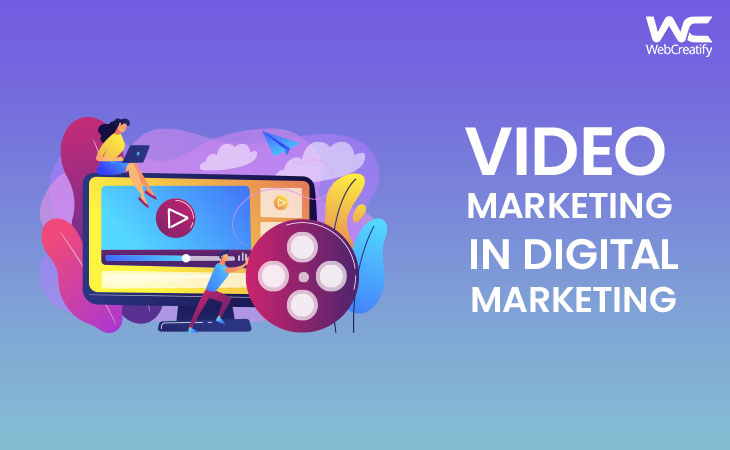
Here are the key components of video marketing:
- Video Content Creation: Producing high-quality, engaging video content that aligns with the brand’s message, values, and target audience. This can include various types of videos, such as explainer videos, product demonstrations, tutorials, customer testimonials, behind-the-scenes footage, and more.
- Video SEO: Optimizing video content for search engines by using relevant keywords in titles, descriptions, and tags. This can help improve the visibility and ranking of videos on platforms like YouTube, Google, and social media.
- Video Hosting and Distribution: Uploading videos to video hosting platforms like YouTube, Vimeo, or Wistia, as well as sharing videos on social media platforms, websites, and email newsletters. It’s important to consider the best platform and format for each video to maximize its reach and engagement.
- Paid Video Advertising: Running paid video ads on platforms like YouTube, Facebook, Instagram, LinkedIn, and Twitter to reach a targeted audience. Video ads can take various formats, including in-stream ads, pre-roll ads, mid-roll ads, bumper ads, and more.
- Live Video Streaming: Broadcasting live video content in real-time on platforms like Facebook Live, Instagram Live, YouTube Live, and Twitch. Live video streaming allows for immediate interaction with the audience and can create a sense of urgency and excitement.
- Video Email Marketing: Embedding videos into email campaigns to increase engagement and conversion rates. Videos can be used to introduce products, provide tutorials, or share customer testimonials, among other things.
- Video Analytics: Tracking and analyzing video performance metrics such as views, engagement, watch time, click-through rate, and conversion rate. This data helps to measure the effectiveness of video marketing efforts and make data-driven decisions for future video content.
- Accessibility and Inclusivity: Ensuring that video content is accessible to all users, including those with disabilities. This includes providing closed captions, transcripts, and audio descriptions for videos, as well as using high-contrast colors and clear visuals.
Video marketing can be a highly effective way to engage with an audience, convey complex information, and build brand awareness and loyalty. It requires creativity, planning, and ongoing optimization to produce compelling video content that resonates with viewers and drives desired actions
10. Website and App Analytics
Website and app analytics are crucial tools in digital marketing for tracking, analyzing, and understanding user behavior and engagement with a website or application. These insights help businesses make informed decisions, optimize their marketing strategies, and improve their overall performance.
Here are the key components of website and app analytics:
- User Tracking: Using tracking tools like Google Analytics, Adobe Analytics, or custom tracking scripts to monitor user activity on the website or app. This includes tracking metrics such as page views, sessions, bounce rate, time on site, and more.
- Traffic Sources: Identifying and understanding the sources of traffic to the website or app, such as organic search, direct traffic, referral traffic, paid search, social media, email, and more. This helps businesses allocate resources and optimize their marketing efforts based on what channels are driving the most traffic and conversions.
- Conversion Tracking: Tracking and analyzing user actions that lead to conversions, such as purchases, form submissions, downloads, sign-ups, and more. This helps businesses understand what is driving conversions and where there may be opportunities for improvement.
- A/B Testing: Running experiments on different versions of web pages or app features to determine which versions perform better in terms of user engagement, conversions, and other metrics. This allows businesses to make data-driven decisions about what changes to implement.
- Funnel Analysis: Analyzing the steps users take to complete a desired action, such as making a purchase or signing up for a newsletter. This helps businesses identify where users may be dropping off in the funnel and take steps to optimize the conversion process.
- Audience Segmentation: Segmenting users into different groups based on characteristics such as demographics, location, behavior, interests, and more. This allows businesses to create more targeted and personalized marketing campaigns.
- Mobile Analytics: Tracking and analyzing user activity on mobile devices, including mobile web and mobile apps. This helps businesses understand how users interact with their mobile offerings and optimize their mobile marketing strategies.
- Social Media Analytics: Monitoring and analyzing user engagement with social media content and campaigns. This includes metrics such as likes, shares, comments, and more. Social media analytics help businesses understand what content resonates with their audience and how to improve their social media strategy.
Overall, website and app analytics are essential for businesses to measure and improve their digital marketing efforts. They provide valuable insights into user behavior, preferences, and engagement, which can be used to optimize marketing campaigns, improve the user experience, and drive business growth.
How To Benefit Digital Marketing
Digital marketing offers a myriad of benefits to businesses and brands. Here are some of the key benefits:
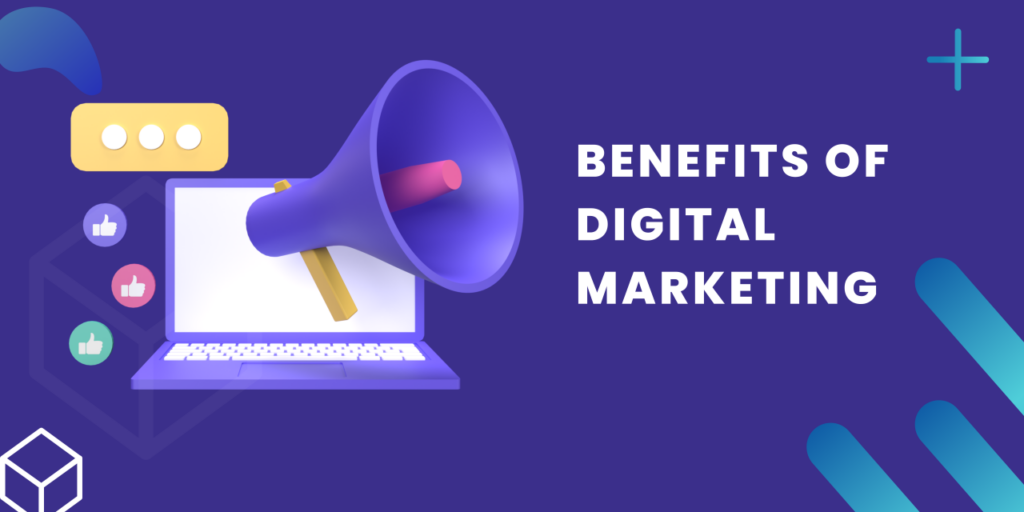
- Cost-Effective: Digital marketing can be more cost-effective compared to traditional marketing channels. It offers various options for any budget, including pay-per-click advertising, email marketing, and social media advertising. Plus, you can easily track your ROI and adjust your strategy to optimize your spending.
- Global Reach: With the internet, you can reach potential customers worldwide, breaking geographical barriers. This provides smaller businesses with the opportunity to compete with larger corporations.
- Personalization and Targeting: Digital marketing allows you to personalize your marketing messages and target specific audiences based on their demographics, behavior, and interests. This makes your marketing efforts more effective and leads to higher conversion rates.
- Measurable Results: Unlike traditional marketing, digital marketing allows you to track and measure the performance of your campaigns in real-time. You can easily see which strategies are working and which are not, and make necessary adjustments on the fly.
- Higher Engagement: Digital marketing provides various channels for engaging with your audience, including social media, blogs, and email marketing. This creates more opportunities for interaction, feedback, and customer engagement.
- Brand Awareness: Through digital marketing, you can increase your brand visibility and awareness among your target audience. Consistent online presence and engagement can lead to a positive brand image and increase brand loyalty.
- Improved Customer Relationships: Digital marketing allows you to engage with your customers on a personal level. You can address their concerns, answer their questions, and provide them with valuable content, fostering a strong relationship and customer loyalty.
- Competitive Advantage: A well-executed digital marketing strategy can give you a competitive edge in your industry. By understanding your audience, leveraging the latest trends, and staying ahead of the curve, you can position your brand as a leader in your niche.
Overall, digital marketing offers numerous benefits for businesses of all sizes, allowing them to reach their target audience, increase brand visibility, drive sales, and ultimately, achieve their business goals.
